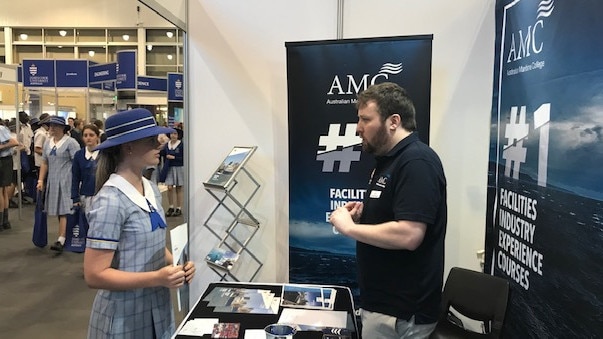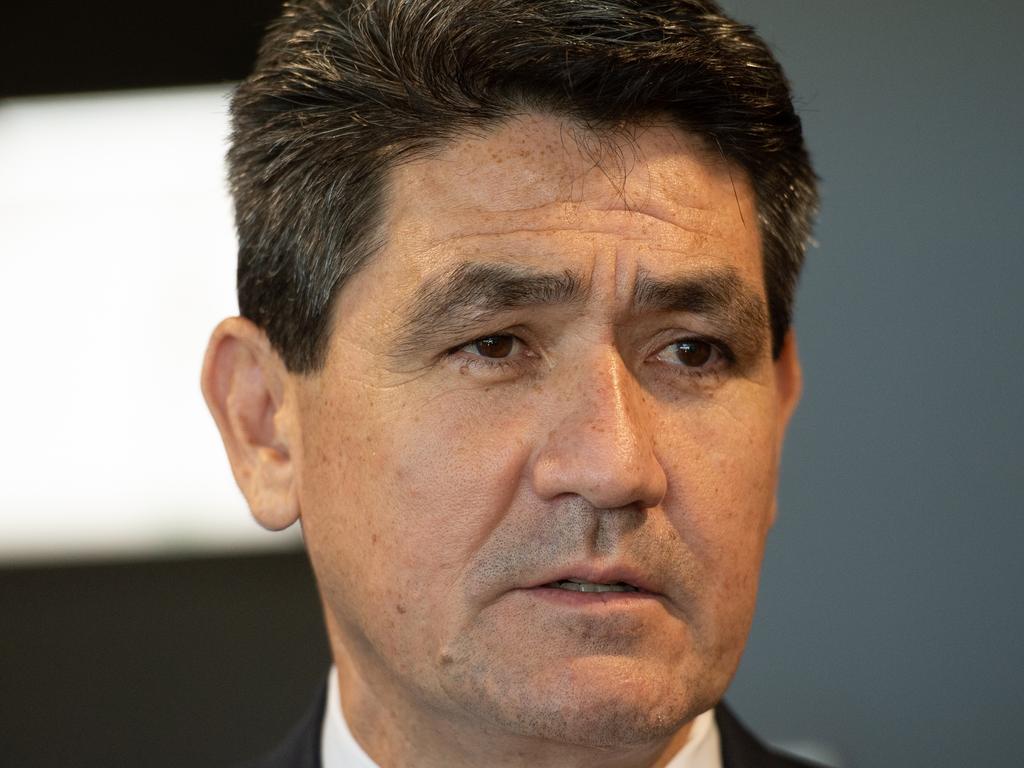‘Unprecedented’ jobs in defence industry and more research too, says Australian Maritime College
The Australian Maritime College will also be a critical provider of education and training for the estimated 15,000 skilled and professional defence jobs required.

In addition to meeting research and development needs of the $90bn-plus defence shipbuilding enterprise, the Australian Maritime College will also be a critical provider of education and training for the estimated 15,000 skilled and professional jobs required.
The AMC is Australia’s national institute for maritime research, education and training for maritime engineers, including naval architects, and for seafarers and managers of maritime business and logistics.
The AMC and the University of Tasmania’s Defence Network will exhibit at the PACIFIC 2019 Maritime Exposition. The AMC is a specialist institute at the university.
Its courses have been endorsed by the Naval Shipbuilding College as being aligned with the future employment needs of the naval shipbuilding industry, especially in the maritime-engineering specialisations of naval architecture and marine and offshore engineering, and in international logistics and maritime management.
The AMC has arrangements with TAFE SA, TAFE NSW and Western Australia’s South Metropolitan TAFE to expedite entry of their graduates into AMC courses.
The $90bn continuous naval shipbuilding program is the greatest regeneration of Australia’s naval capabilities since World War II. The historic investment is shaping maritime and defence in Australia and creating unprecedented employment opportunities. The AMC will be critical to its success.
The AMC has been a research partner with the Defence Science and Technology Group for maritime engineering and hydrodynamics for more than 30 years.
In 2017 the university established a Defence Network which connected key partners such as Thales Australia with the suite of unique facilities and technical platforms at AMC and the broader university purposed to meet modern defence needs.
A cross-discipline approach across UTAS campuses will also look at research into food innovation and the human performance of defence personnel and how to integrate these factors into vessel design.
Last May the AMC appointed as its new Principal the former deputy chief of navy Michael van Balen, who brought the knowledge gained in a 38-year naval career and an aim to galvanise defence opportunities.
Van Balen is keen to optimise the Tasmania’s involvement in the National Naval Shipbuilding Enterprise, through establishment of the Maritime Defence Innovation and Design Precinct at the Newnham campus in Launceston, and utilisation of AMC’s research facilities and niche skill sets.
Underpinning the opportunities for AMC is the concept of the Royal Australian Navy becoming the “parent navy’’ for the shipbuilding program. It means the RAN is responsible for the design, performance and configuration control (elements now incorporated within engineering and material seaworthiness) of its new vessels; a role previously performed, in large part, by the country from which vessels were purchased.
Van Balen says: “Navy therefore needs to have knowledge around the capabilities and performance of the platform so that if there is an issue such as a design element producing an excessively noisy submarine, we [the design, building and sustainment staff and researchers] identify the problem early and have the knowledge and sovereign capability to fix it.
“Our contribution will be to engineering and hydrodynamic systems, human-performance factors, and the research involved. How does the hull move through the water, what cavitation is created by this shaped propeller and does that meet our requirements or do we need to change it; and do meals prepared in this manner contribute to the alertness and sustainability of the crew? We can conduct all that research here,” he says.
“The new precinct will be the venue where all the parties involved, defence industry, government agencies and suppliers come together to look at the issues they are facing and determine a way forward.”
In coming weeks an Underwater Collision Research Facility will be commissioned at the AMC, enabling improvement in the design and the resultant safety of the fore-end of submarines and other underwater vehicles.
The AMC, via the Australian National Hydrodynamics Research Centre, operates several complementary testing facilities including:
- A cavitation research laboratory which allows research aimed at minimising the noise created by the bubbles caused by propulsion.
- A towing tank that is highly utilised for naval surface vessels and submarine research.
- A $5m autonomous underwater vehicle (named the nupiri muka, or “eye of the sea’’), which is one of just three to have travelled under the ice of Antarctica and is seen as having enormous potential for defence applications.
Supplied article.






To join the conversation, please log in. Don't have an account? Register
Join the conversation, you are commenting as Logout